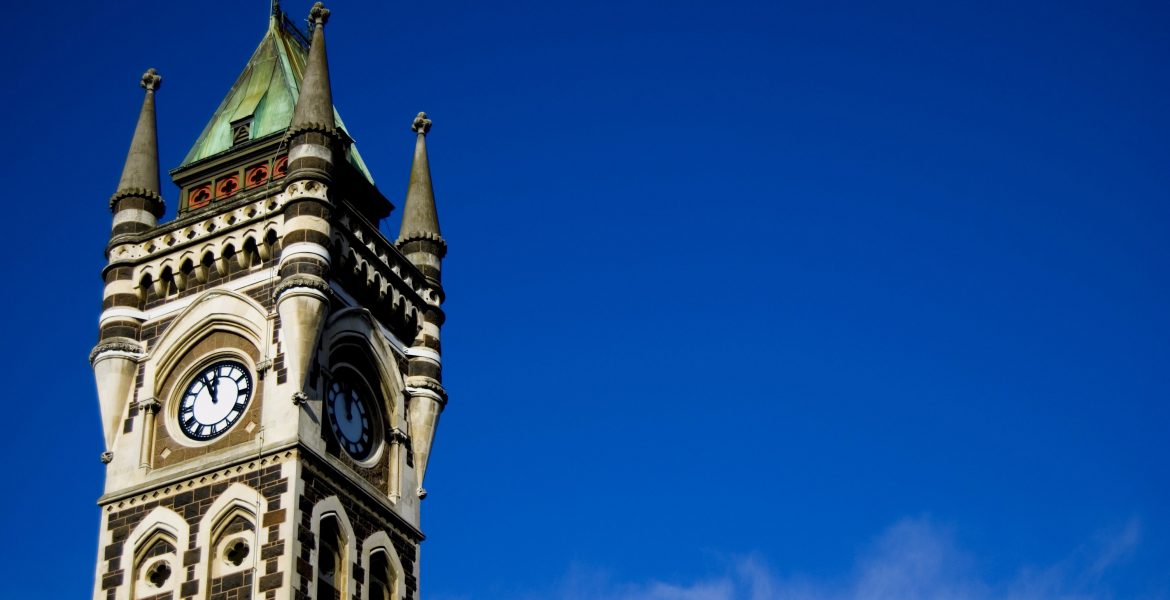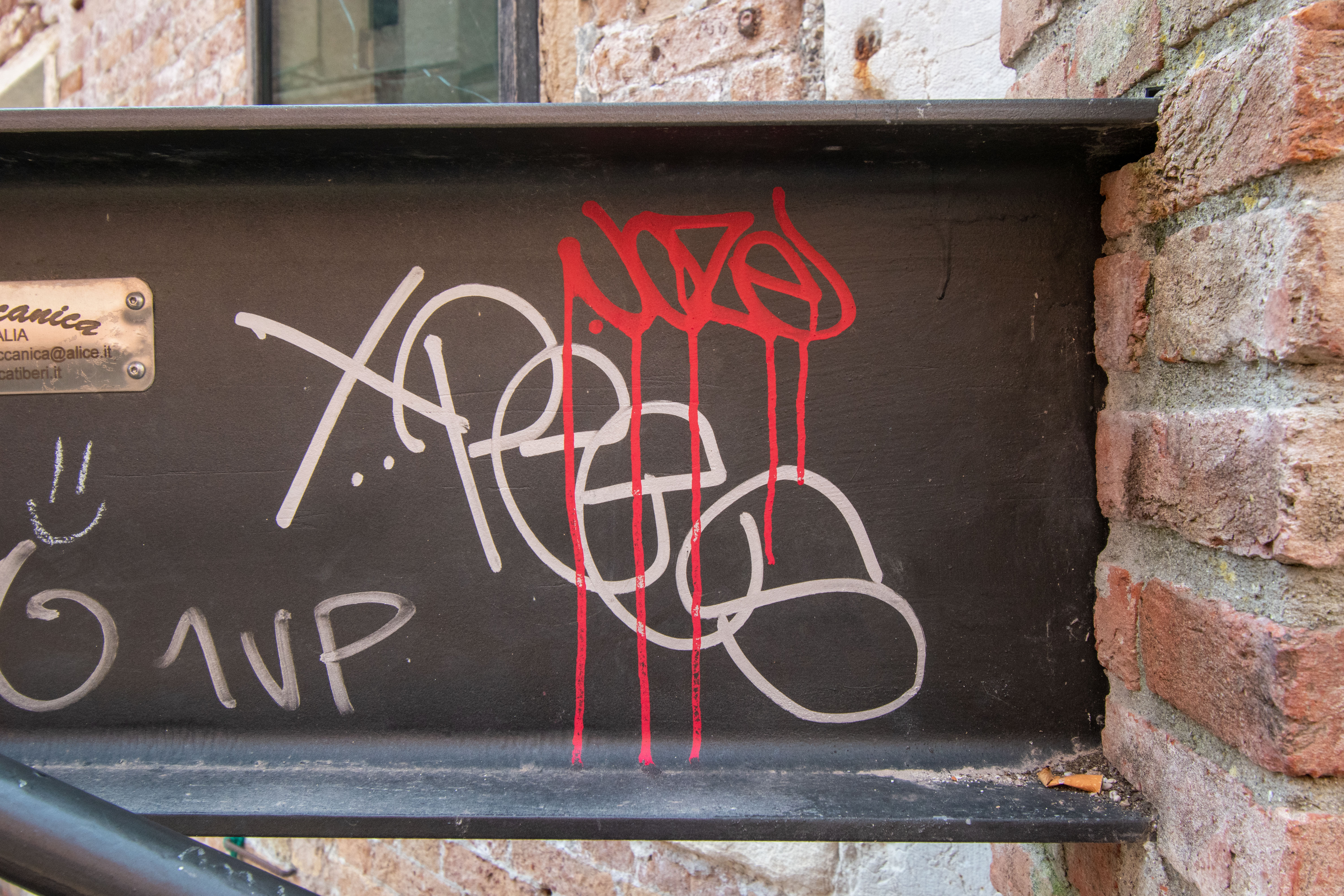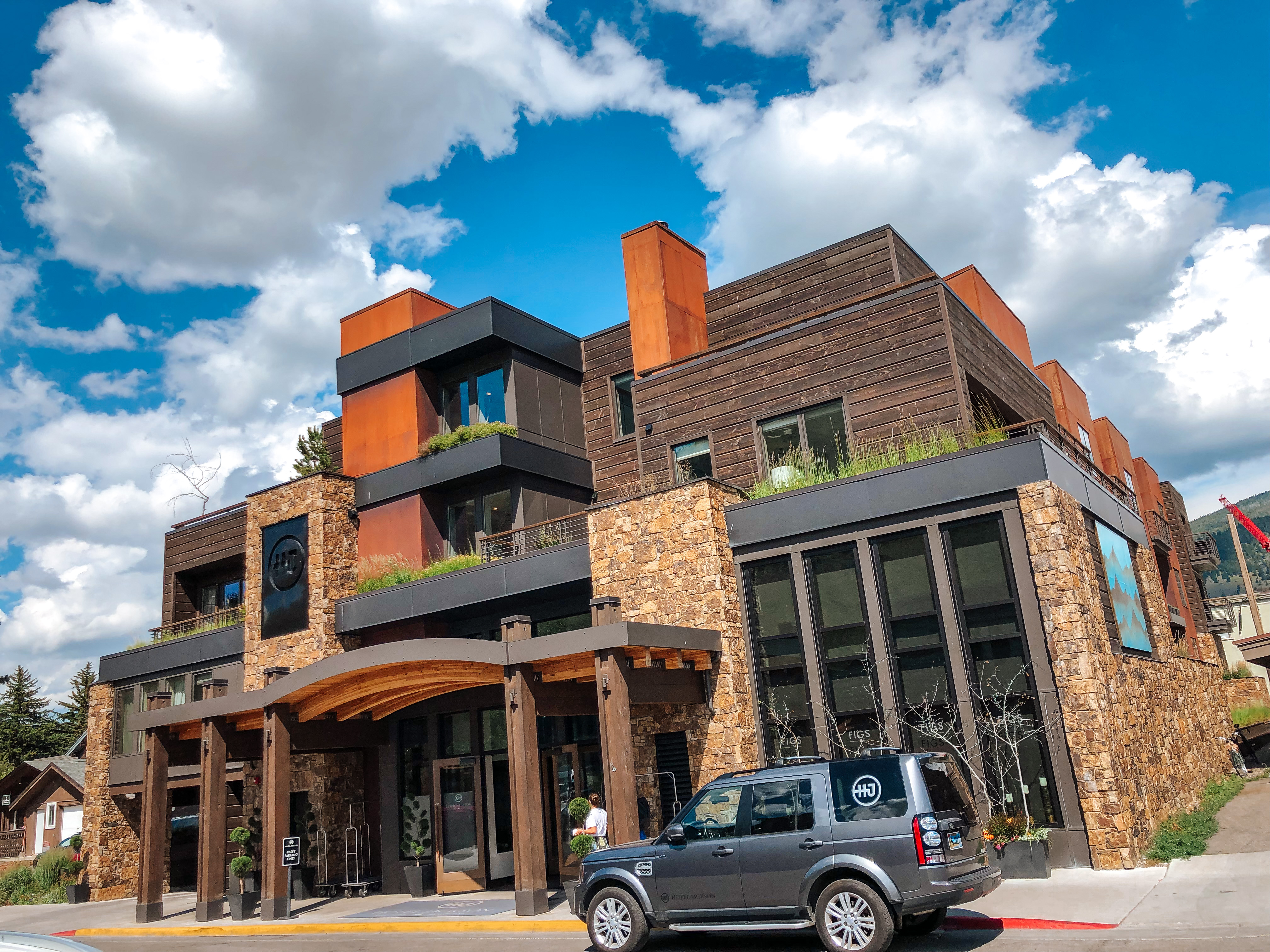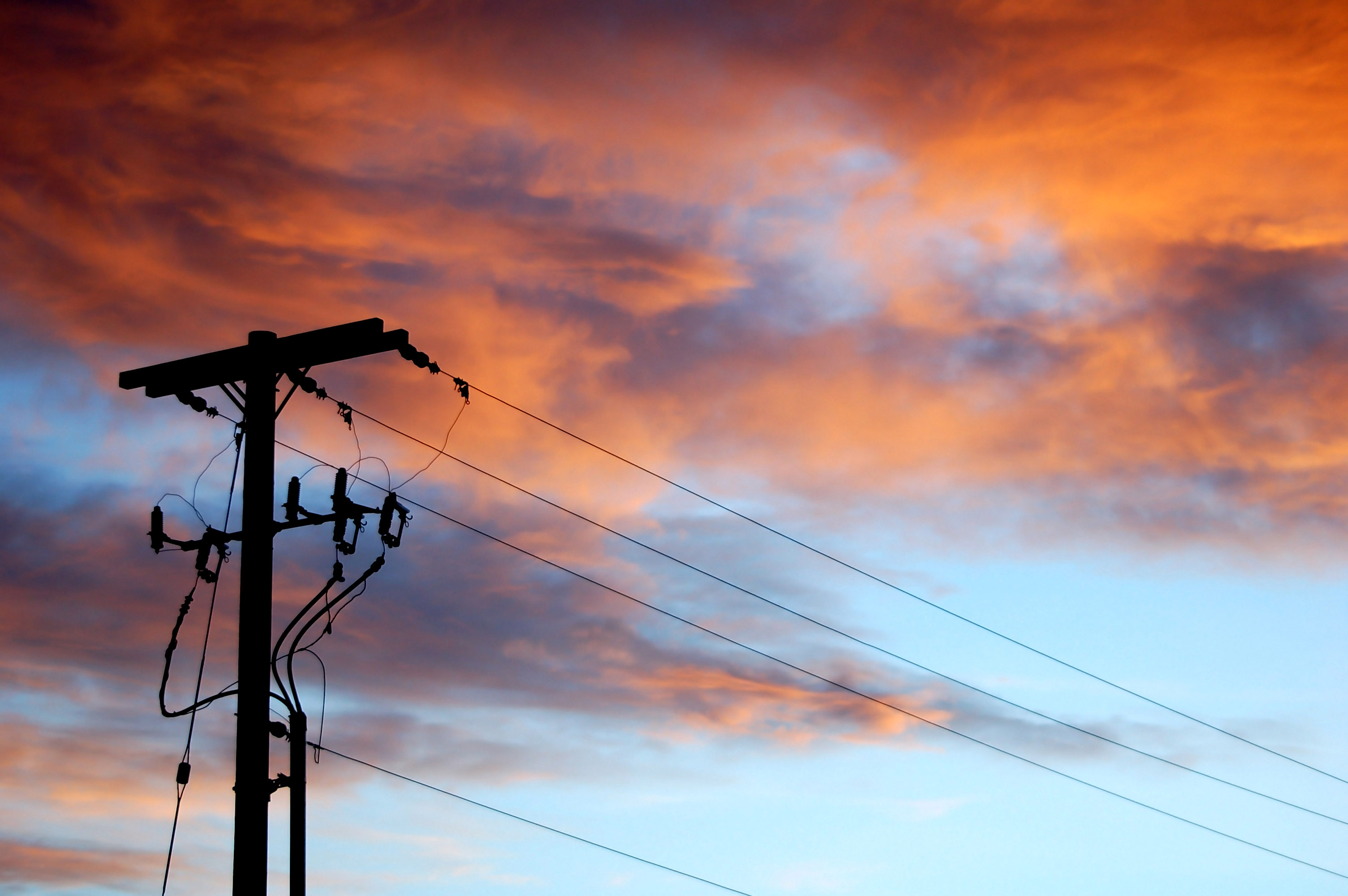
Structure Photography: Gothic and Gothic Revival Architecture Stock Photos
Free Stock PhotosContents of this Post
Structure Photography: Free Gothic and Gothic Revival Architecture Stock Photos for Photographers, Bloggers, and Designers
Select the button below any image below to view a free, downloadable structure photography stock image for free use on your website, blog, print or digital media, or other project.
Copyright and Credit: Gothic and Gothic Revival Architecture
How to Credit
All Gothic and Gothic Revival Architecture images are property of Mod Fam Global LLC and offered for private and commercial use, free of charge. Please credit Mod Fam Global, LLC, https://modfam.global/ for any public, online, or print materials using our images.
Send us a Note
If you use any of our free Gothic and Gothic Revival Structure Photography stock images for online or commercial use, please send us a note and let us know how you used the photos. We love to see how our photography is being used, and we appreciate photo credit and links back to our site.
What is Gothic and Gothic Revival Architecture?
What do Gothic and Gothic Revival Styles Look Like?
Before you can photograph Gothic or Gothic Revival Architecture, it’s a good idea to know what you are looking for! Medieval Gothic Style Architecture typically incorporates soaring features like flying buttresses, pointed arches or spires, and vaulted, ribbed ceilings. It also features light, airy interiors, and a decorative and ornate style. Gothic revival began in the late Eighteenth and Nineteenth Centuries, in response to the Industrial Revolution. Taking the original Gothic Style, Gothic Revivalists used newer building techniques to imitate and revive medieval architecture. But they focused on both function and highly decorative finishes, creating a new version of Gothic architecture, or Neo-Gothic styles.

Finding Gothic and Gothic Revival Architecture to Photograph
Unlike contemporary styles of architecture like international style, modern, or even Neo-Classical, Gothic and Gothic Revival Architecture is less common and more difficult to find. Medieval Gothic architecture is plentiful in parts of Europe, and Gothic Revival or Neo-Gothic Architecture is more prevalent in other locations, as well. Notice, for example, that we’ve found Neo-Gothic or Gothic Revival Architecture in countries as distant from Europe as Mexico and New Zealand! If you are looking for this particular style, start with local historical registries or historical societies. They will often publish registered architectural sites, and much of that information has been digitized and published online. But you can always start by exploring historical districts and looking for the elements of Gothic and Neo-Gothic Revival Architecture. You might be surprised to find elements of these styles combined with even other styles, as well.
Structure Photography Tutorial: How to Photograph Gothic and Gothic Revival Architecture
Manual Settings – Aperture
Aperture works together with shutter speed (and ISO) to control the amount of light that exposes the image on film or digital sensor. When photographing architecture, you can use aperture to control the amount of light exposing the image and the depth of field for your shot. A wide open aperture or f-stop will let the most light in the fastest. It will also create a more narrow depth of field, blurring the background and foreground with a bokeh effect. A small aperture will let less light in and create a wider depth of field, so most of the frame will be in focus. These are the benefits of a wide aperture: more light exposes the image faster, and you can narrow the focus area in your photo. The opposite is true for a small aperture: it takes longer to expose, and the focus area is wider.
Understanding Aperture
Aperture is a little counter-intuitive. That’s because as the f-stop number gets smaller, the aperture opening gets bigger. So an f4.5 is a small number, but it’s wide open and lets a lot of light in. On the other hand, f22 is a large number, but a tiny aperture opening, and doesn’t let much light in at all by comparison. Once you understand this, though, you can quickly and easily adjust your aperture to let more or less light in and expand or contract your depth of field.
Manual Settings – Shutter Speed
Shutter speed works together with aperture to balance and control the amount of light that exposes the film or digital sensor. So if you have low light conditions and select a wide aperture like f4.5, you can also choose a faster shutter speed. That’s because the aperture is compensating and letting more light in more quickly. So you can increase your shutter speed accordingly. On the other hand, if you want a wider area in focus and start with a smaller aperture like f9 or f16, you’ll have to slow down your shutter speed to expose enough light in the image.
Understanding Shutter Speed
Light conditions for Gothic and Neo-Gothic Architecture vary greatly, from outdoor, direct sunlight to indoor, dimly lit cathedrals. If you’re just starting to use manual settings, start by checking your camera’s automatic settings for reference. That will give you an “average” for the current light in your frame. You can also use a light meter to give you an average light reading. From there, experiment a bit with your manual settings. Is the image too dark, obscuring important architectural details? Open your aperture a bit or slow your shutter speed to expose more light. Is the image overblown and too bright? Speed up your shutter speed or reduce your aperture a bit. In the end, this is your photo, and you can use these settings to create the image you want.
Photographing Gothic and Neo-Gothic Architecture: Putting it all Together
Once you combine the sliding scales of aperture and shutter speed, you’ll want to consider other factors like ISO and white balance. Think, too, about the lenses you need to create the type of image you want. Telephoto lenses are excellent for capturing details on the interior and exterior of Gothic structures. But wide-angle lenses can create some epic photos of the soaring vaults and exterior spires of a Gothic cathedral or Gothic Revival building. And don’t forget a polarizing filter. Besides your lenses, a polarizer is one of the best pieces of equipment when photographing architecture. It eliminates polarized light in the sky and on reflective surfaces. That either darkens the sky or cuts through reflections on glass and water. Use a polarizing filter together with your lenses of choice for breathtaking Gothic Architectural photos!
































